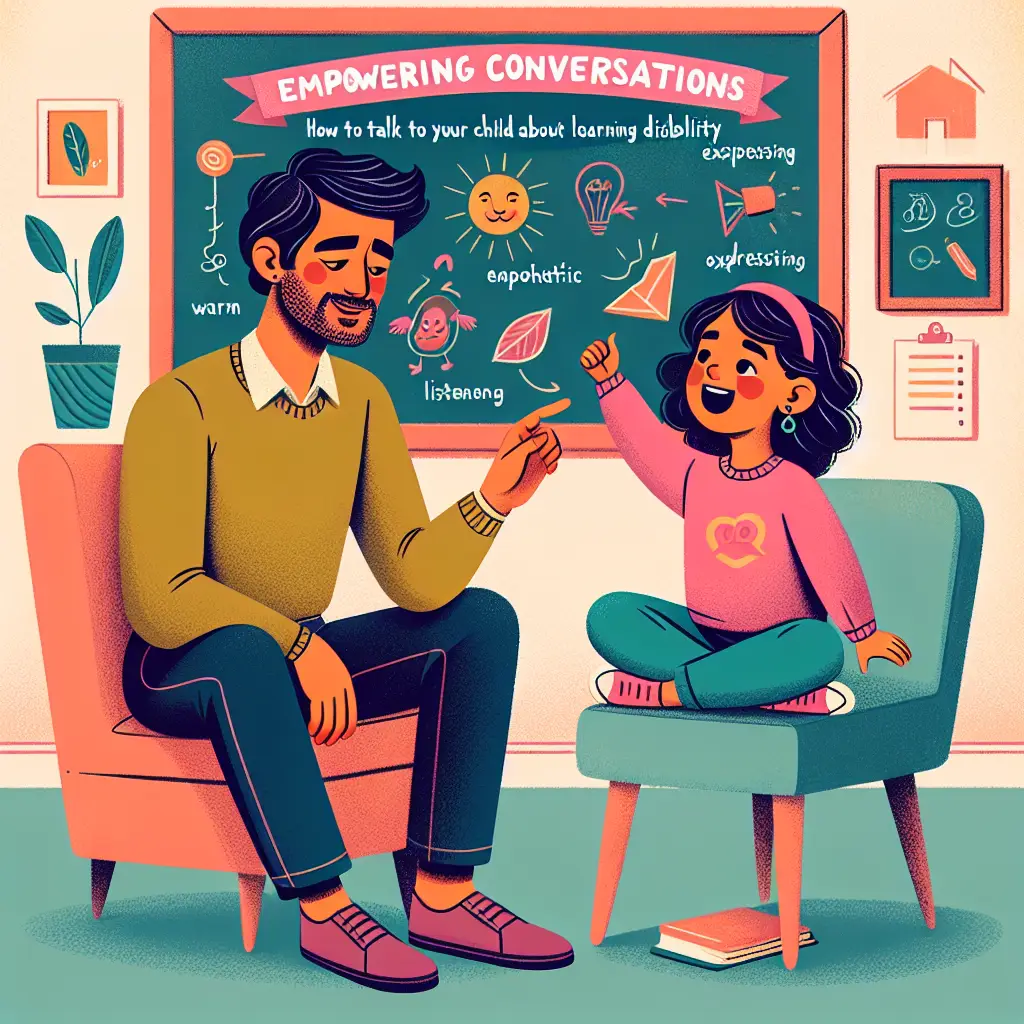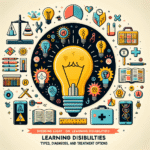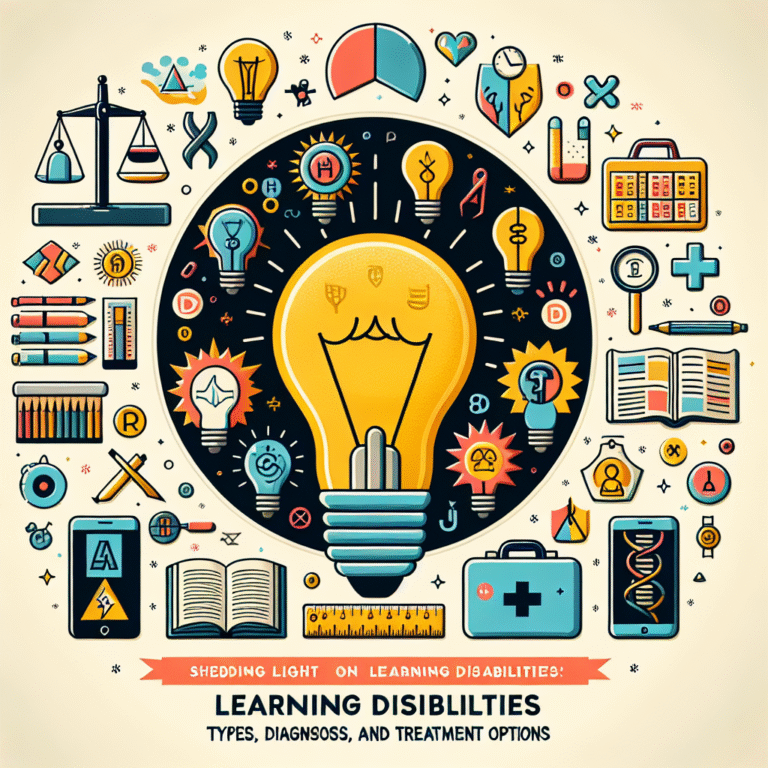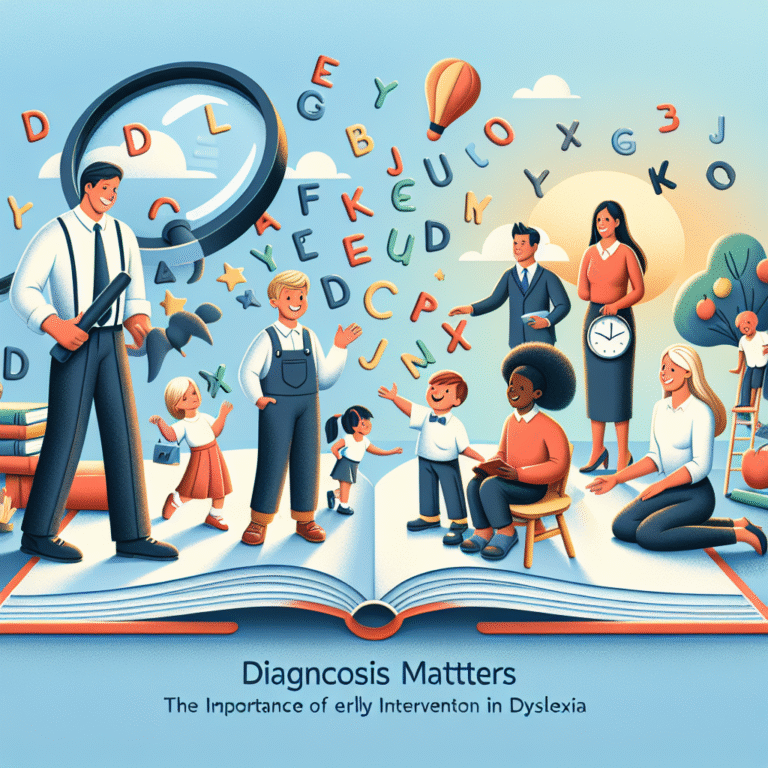
Empowering Conversations: How to Talk to Your Child About Their Learning Disability
Introduction
Every day, children face myriad challenges that shape their development, and for some, a learning disability is one of those hurdles. Those with learning difficulties often feel isolated and misunderstood. This article, "Empowering Conversations: How to Talk to Your Child About Their Learning Disability," is crafted to provide actionable insights for parents and caregivers. By engaging in open dialogue, you can foster understanding, resilience, and a sense of normalcy. Through this vital conversation, not only can you help your child navigate their feelings but also empower them to embrace their unique journey.
Understanding Learning Disabilities
What are Learning Disabilities?
Learning disabilities are neurological conditions that affect the brain’s ability to process information. These challenges can manifest in various ways, from difficulties in reading (dyslexia) and math (dyscalculia) to issues with organization and attention (ADHD). Understanding what a learning disability entails is crucial in preparing for that transparent conversation with your child.
Prevalence and Impact
According to the National Center for Learning Disabilities, approximately 1 in 5 children in the United States has some form of learning disability. The impact of these disabilities extends beyond academics, often affecting emotional well-being, self-esteem, and social interactions. Recognizing these facets can lead to more empowering dialogues centered on your child’s strengths and struggles.
Case Study: Emily’s Journey
Take, for instance, Emily, a 10-year-old diagnosed with dyslexia. Early in her academic journey, Emily struggled to keep up with her peers, leading to feelings of frustration and isolation. After a heart-to-heart with her parents, they embraced an empowering approach, utilizing audiobooks and interactive apps that aligned with her interests. This journey not only boosted her reading skills but also restored her confidence.
Analysis: Emily’s case illustrates how effective communication can lead to discovering tailored methods for overcoming obstacles. Informing children about their learning disabilities helps normalize their experience and empowers them to seek solutions actively.
Establishing the Foundation for Empowering Conversations
Choosing the Right Moment
Finding the right time to introduce the topic is vital. Avoid discussions during high-stress moments such as homework time. Instead, initiate conversations in a calm and relaxed environment. Perhaps during a leisurely dinner or a walk in the park.
Language Matters
When discussing learning disabilities, the language you choose can significantly affect your child’s perspective. Avoid terms that may sound stigmatizing. Instead, utilize positive language that emphasizes growth, resilience, and understanding. For instance, rather than saying, "struggling with reading," consider saying, "discovering new ways to read."
Case Study: Jacob’s Dialogue
Jacob is an 8-year-old who recently started receiving special education support for his difficulty with reading. His mother, Lisa, chose an afternoon after school, paired with his favorite snack, to have the conversation. She explained his learning differences in simple, relatable terms, relating it to how everyone has different strengths and weaknesses, like how some kids are great athletes while others excel in arts.
Analysis: Lisa’s timing and approach created a safe space for Jacob to express his feelings. By equating learning differences with diverse talents, she reinforced a positive outlook.
Building Empathy and Understanding
Encourage Open Communication
The goal of empowering conversations is to foster an environment where your child feels comfortable sharing their thoughts and feelings. Encourage them to express their frustrations, triumphs, and questions. This open dialogue can diminish feelings of isolation.
Active Listening Techniques
While engaging in these conversations, practicing active listening is crucial. Show your child you’re fully present by maintaining eye contact, nodding, and rephrasing what they say to ensure understanding. This technique conveys that their feelings and opinions are valid.
Case Study: Sam’s Emotional Release
Sam, a 12-year-old with ADHD, often felt overwhelmed during group activities. After several attempts to express his frustration without being heard, his father initiated a series of empowering discussions. During one such conversation, Sam broke down and shared how he felt misunderstood. His father listened intently and then expressed his own struggles with focus, creating a bond that emphasized shared experiences.
Analysis: Sam’s case highlights the importance of mutual understanding. When parents share their learning experiences, it breaks down barriers and fosters a two-way conversation, allowing children to feel less isolated.
Exploring the Benefits of Empowering Conversations
Increased Self-Advocacy
An essential outcome of these conversations is self-advocacy. By understanding their learning disability, children are more equipped to communicate their needs to teachers and peers. Teach them the vocabulary related to their disability; this instills a sense of ownership over their learning journey.
Building Resilience
Through ongoing discussions about their learning differences, children can develop resilience. You’ll equip them with the mindset that it’s okay to face challenges, something every learner encounters.
Case Study: Mia’s Advocacy
Mia, a bright 9-year-old with a struggle in organization due to executive function disorder, was encouraged to discuss her learning challenges with her teacher. Following her parents’ empowering conversations, Mia approached her teacher with specific requests for accommodations. Her teacher implemented organizational strategies tailored to Mia’s needs, vastly improving her academic experience.
Analysis: Mia’s advocacy teaches the importance of empowerment through knowledge. When children understand their learning differences, they gain confidence to advocate for themselves effectively.
Practical Tips for Engaging in Empowering Conversations
Use Age-Appropriate Language
Tailor your conversation to suit your child’s age and comprehension level. Using relatable analogies and examples helps them grasp complex ideas.
Incorporate Visual Aids
Visual cues such as charts, images, and infographics can help in retaining attention and enhancing understanding. For example, show them charts illustrating different learning styles and the strengths each brings.
Set Realistic Goals Together
Collaborative goal setting fosters feelings of accomplishment. Discuss short-term and long-term goals, celebrating achievements along the way. Watch as your child blossoms with a sense of purpose.
Create a Safe Space for Questions
Encourage your child to ask any questions they might have. Providing a safe space affirms that no query is too small or irrelevant.
Conclusion
Having empowering conversations about learning disabilities might feel daunting, but the benefits are immeasurable. By opening up that dialogue, you can foster stronger connections with your child, instill confidence, and prepare them for a lifetime of self-advocacy. Remember, empowerment comes from understanding, dialogue, and support. As you embark on this journey, approach each conversation with empathy, patience, and positivity.
FAQs
1. What age should I start talking to my child about their learning disability?
Start as early as you notice signs. Tailor the conversation to their age, ensuring you keep it understandable and relatable.
2. How do I find the right balance between being supportive and not overwhelming?
Focus on active listening and validate their feelings. Gradually introduce strategies or solutions without pushing too hard, allowing your child to guide the conversation.
3. What if my child seems uninterested in talking about their learning disability?
If they’re reluctant, provide them with resources such as books or videos about similar experiences. Gently encourage discussions without pressure, letting them choose the right time to open up.
4. How can I help my child build self-esteem if they feel different?
Encourage their strengths and celebrate small victories. Reinforce that everyone has unique talents and emphasize that their learning style is one aspect of who they are.
5. What resources are available for parents trying to understand learning disabilities?
The National Center for Learning Disabilities, local support groups, and educational websites provide numerous resources. Books for both children and parents can also facilitate understanding.
In crafting "Empowering Conversations: How to Talk to Your Child About Their Learning Disability," we’ve sought to weave together insights, practical advice, and real-world examples. Remember, each conversation is a step towards empowerment and understanding; your approach can open countless doors for your child’s academic and emotional development.







